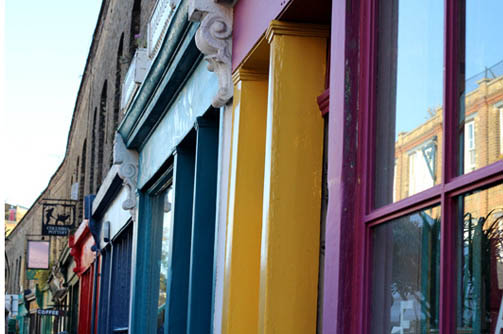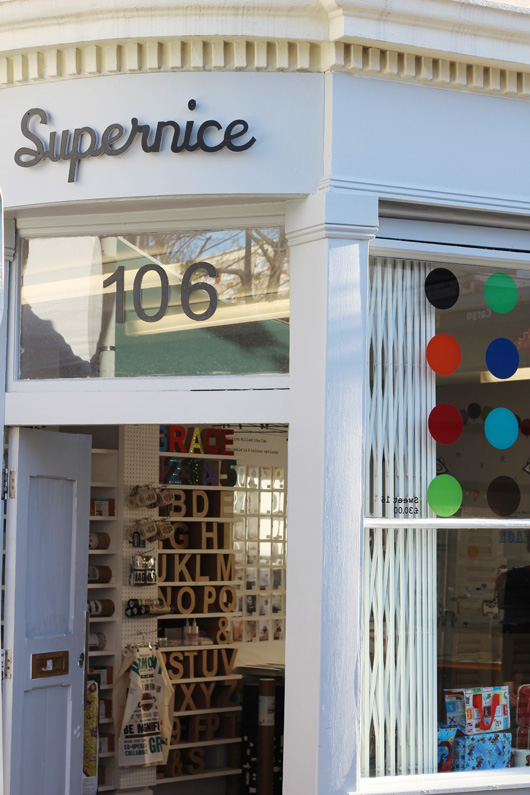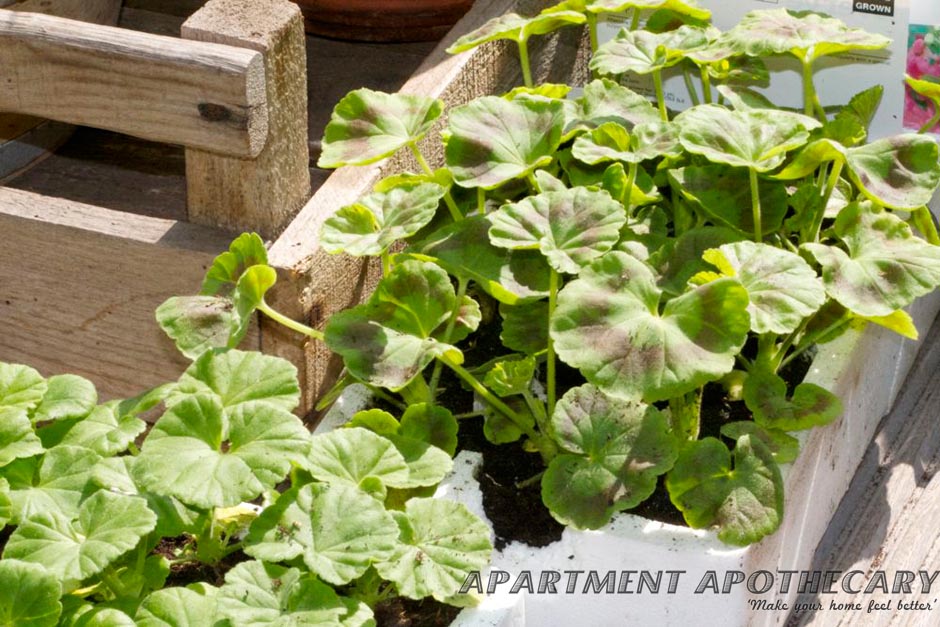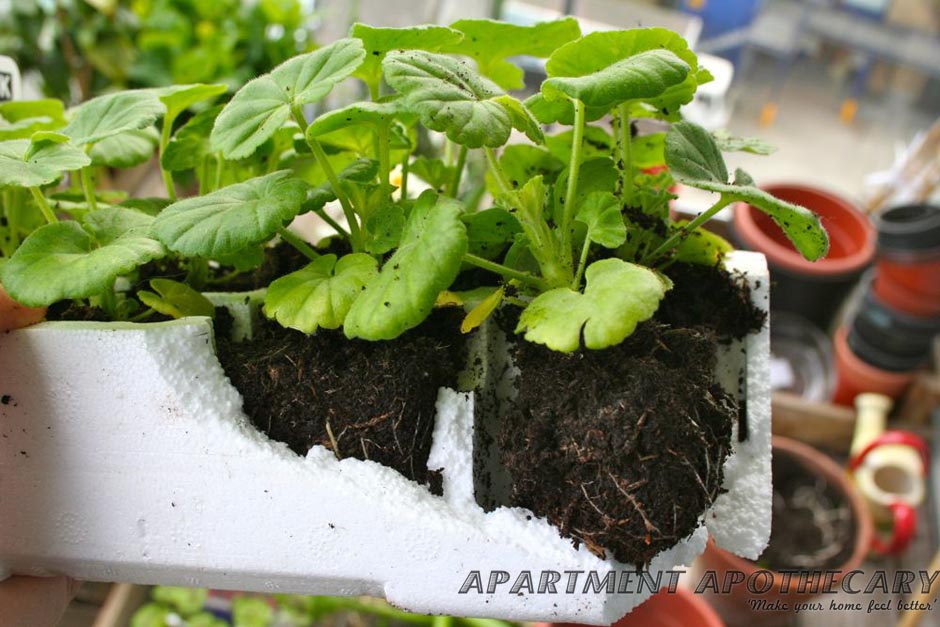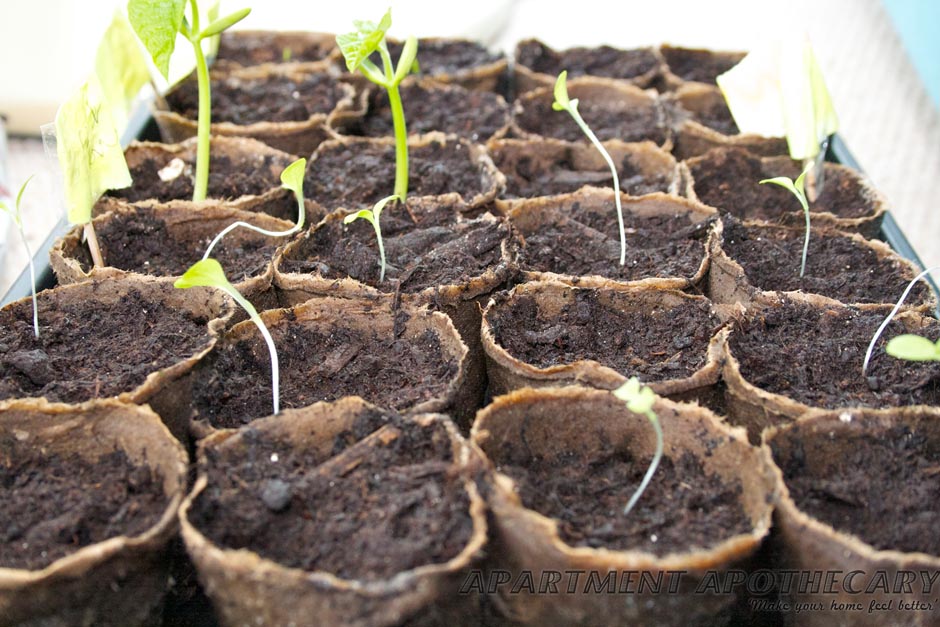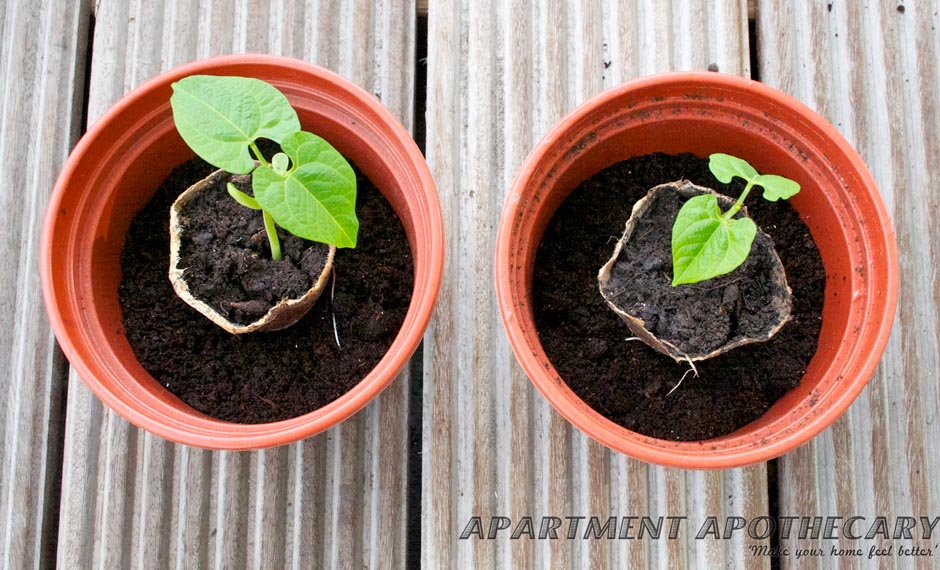I AM OBSESSED WITH TERRARIUMS. When we moved into my family home twenty years ago there was a terrarium left in the garden. At the time, I had no idea what it was and it has been in the garden ever since, moulding. Whoops!
I have spent the past year or two begging my mum to give me the terrarium – it has beautiful leading and a felt-covered bottom. She finally caved in as I promised I would plant it for her (she thinks I’m going to give it back but she can dream on! Ha!). I’m really enjoying bringing plants into my home so this was a great opportunity.
If however, you know full well that looking after plants just isn’t for you then why not try this lovely tutorial by one of my favourite crafters, Fran from Fall for DIY. You can learn How to Create Your Own Paper Plants over on the Wayfair site, which are zero maintenance but look great. Either way having plants in the home is such a joy so I would definitely recommend giving it a go.
Back to the terrarium, here’s how I planted it…
You will need:
You will need tropical plants that like high humidity, if your terrarium is enclosed. Don’t combine succulents with tropical plants as the one needs a lot of water and the other needs very little. I bought a selection of six tropical plants from Terra World Tropicals for £12.99 or you can buy individual plants from £1.99. It’s nice to have a variety of colours, shapes, textures when you plant a terrarium.
Other tropical plants to look out for are: Pilea involucrata ‘Moon Valley’ Size: To 12 inches tall and wide , Arachnoides simplicior ‘Variegata’ Size: To 16 inches tall and wide, Cryptanthus bivittatus Size: To 6 inches tall and wide, Fittonia verschaffeltii var. argyroneura Size: To 12 inches tall and wide, Peperomia caperata ‘Variegata’ Size: To 6 inches tall and wide, Saxifraga stolonifera Size: To 8 inches tall and 6 inches wide,

A terrarium – mine is an enclosed one but you can use any type of glass container. If you have an open terrarium, don’t choose tropical plants as these need high humidity.
Tutorial:

1. Make sure your terrarium is completely clean. Mine had mould growing in it and all sorts, which you don’t want in a contained environment. Also, you want the glass to be totally clean before you plant it as it will become very difficult to clean once it is planted. Use vinegar to clean the glass and a scourer for the leading – careful not to scratch the glass.

2. Layer the bottom of the terrarium with the horticultural charcoal as this provides drainage – I used about an inch. You can not skip this step otherwise your plants will be sitting in water and the roots will rot. At this point you can also add a layer of gravel for drainage and it provides a contrast against the black of the charcoal and soil. However, this is not essential as long as you have the charcoal.

3. Add a layer of the potting soil (this type of soil contains more nutrients). I used about an inch.

4. Plant each of your plants one at a time. Rest it on top of the soil and then add handfuls of soil around it and make sure it is completely stable and ‘planted in’. Look at the details of each plant to decide where to plant it e.g. if it likes shade, place it in the middle so it will be shaded by the other plants, or if it grows very wide leave enough space around it for growth.

5. Pack the soil around each plant. If it’s difficult to get your hand or arm into your terrarium you may need to use tweezers or even chop-sticks!

6. I decided to put some washed stones and pebbles between the plants just for decoration. You can also use moss or shells.
If you want to make your own you can use any type of glass container like these:
One of my favourite terrariums that you can buy (if you’re not lucky enough to find an antique one at the bottom of your garden!) is this from A Rum Fellow:
Katy x
























